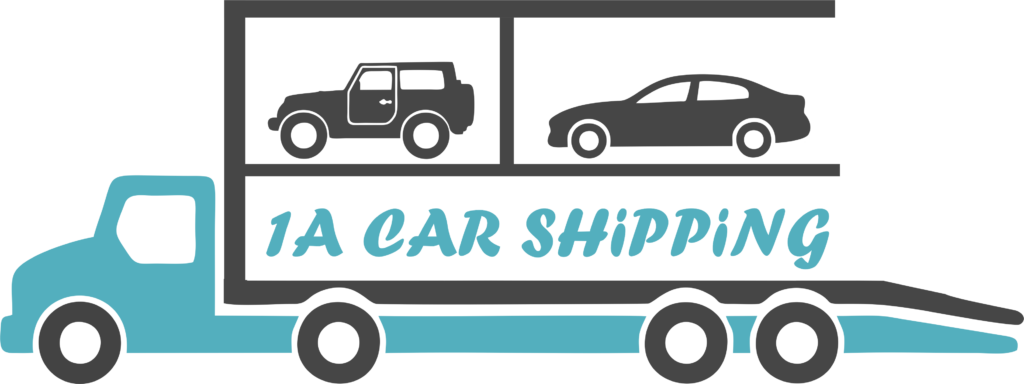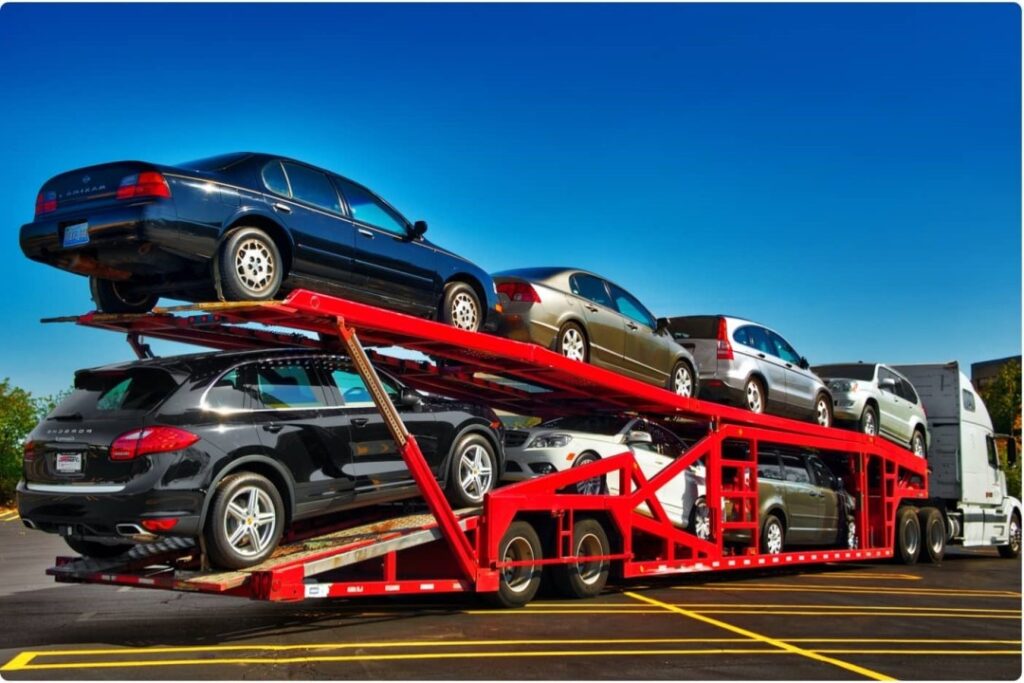Auto transport services can help financial lenders move vehicles across long distances. As collateral for loans, vehicles may need to shipped from one location to another.
This guide provides an overview of auto transport for lenders to gain insight into the process and options available.
Types of Auto Transport Services
There are a few main types of auto transport services that lenders should be familiar with:
Open Car Transport
With open car transport, vehicles are driven onto flatbed trucks and secured without being enclosed. This is the most affordable option but leaves vehicles exposed to weather elements like rain, snow or debris on the highway. It’s best for short-distance moves under 500 miles.
Enclosed Car Transport
Enclosed car transport uses enclosed metal carriers to fully protect vehicles. Carriers can hold 1-5 vehicles and provide security from weather and vandalism. This option is best for longer distance moves over 500 miles.
Exotic/Luxury Car Transport
High-end specialty carriers required for transporting expensive exotic, classic or luxury vehicles. These provide fully enclosed, climate-controlled environments and additional security like GPS tracking. Exotic car transport ensures no harm comes to valuable vehicles.
Choosing a Transport Company
When selecting an auto transport company, lenders should consider the following factors:
Insurance – Auto Transport Services
Reputable carriers provide cargo insurance to cover vehicles in case of accidents or damage during transport. Lenders should check policy limits and details to ensure collateral is fully protected.
Reviews and Reputation
Reading online reviews from previous customers can provide insight into a company’s service quality, reliability and customer satisfaction level. Only use transporters with many positive reviews and reputation for quality service.
Equipment and Fleet Size – Auto Transport Services
Larger, established carriers will have newer equipment and more vehicles to maintain schedules reliably. Smaller fleets increase risks of delays from mechanical issues or low vehicle availability.
Pricing and Additional Fees
Request all-inclusive pricing with no hidden charges. Reputable firms provide upfront transparent quotes without unexpected costs for things like awaiting pickups or late deliveries.
The Transport Process
Here are the standard steps in an auto transport process:
- Request a quote with pickup/delivery addresses, dates needed and any vehicle details.
- Schedule pickup and receive confirmation with carrier contact and estimated time.
- Inspect vehicle with the driver and note any existing issues prior to securing it for transit.
- Vehicle is driven onto transport truck and safely secured in its position.
- Lenders can track location during transit online or via text updates from some companies.
- Once delivered, vehicle is inspected again and any issues noted before being released to recipient.
Auto Transport Services – Tips for Lenders
To ensure a smooth auto transport experience, lenders should follow a few best practices:
- Choose a highly-rated carrier with proper insurance for your collateral’s value.
- Inspect vehicles thoroughly with the driver before and after transport.
- Provide all necessary owner and recipient contact information to the transporter.
- Ask for delivery confirmation and photos for documentation upon arrival.
- Report any issues promptly according to the transporter’s claims procedure.
- Consider transporting multiple vehicles simultaneously for volume-based discounts.
Understanding auto transport services enables financial lenders to safely and effectively manage vehicle collateral during loan terms. Choosing reputable carriers verified by research provides assured protection of clients’ valuable assets.

